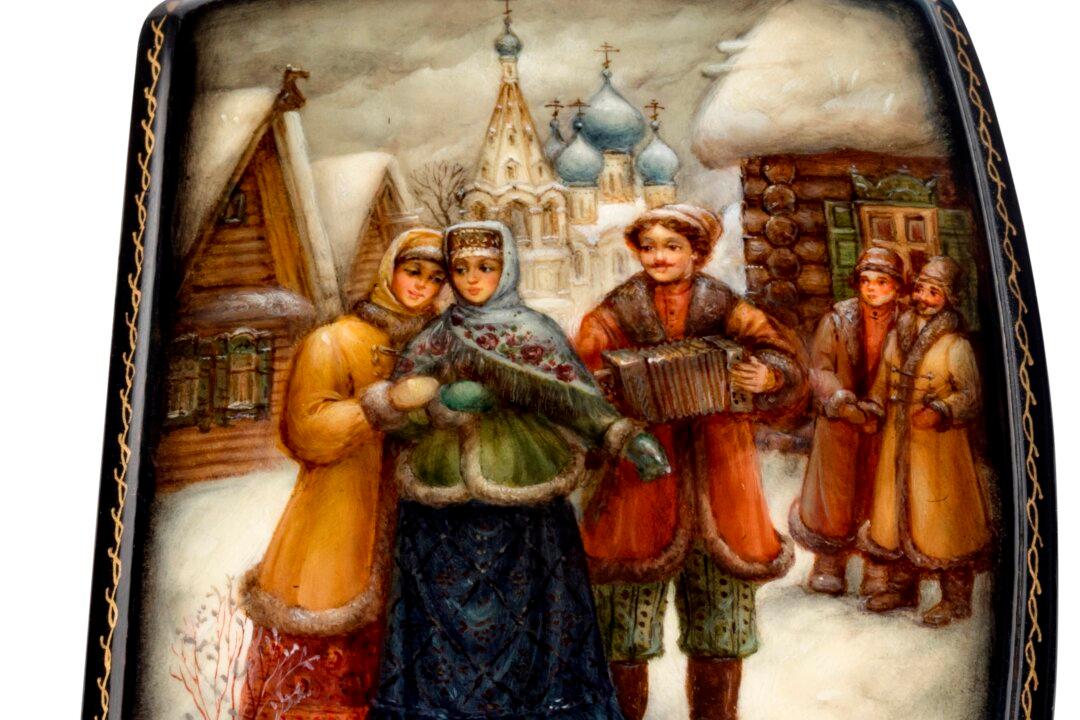NEW YORK—The New Year is synonymous with new beginnings, resolutions, and growth. You look to your past to craft a better future. The Renaissance was similar. The Renaissance, or “revival,” rediscovered classical Greek philosophy and perspectives on art that would lay the foundation for a new wave of innovation and, in time, merit its reputation as the West’s Golden Age.
So the new era, married with the past, would guide mankind for centuries in its developments of art and expressions of deep, thought-provoking themes, often expressing spirituality. The artform of etching, which took off in the Renaissance as painters gravitated toward the new medium, was a microcosm of the era’s spirit for exploration, experimentation, and most of all, beauty.





